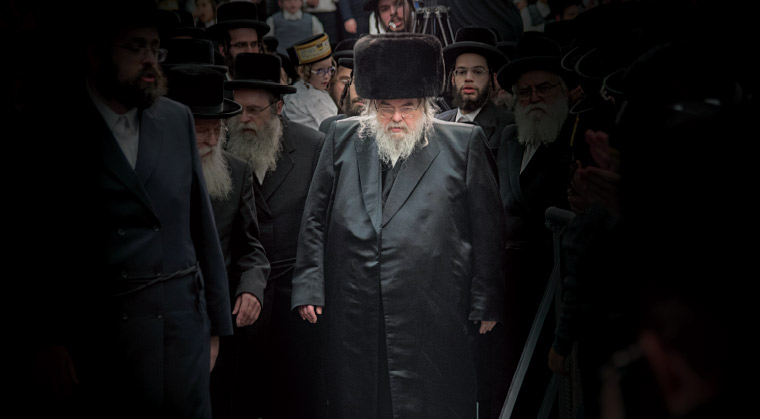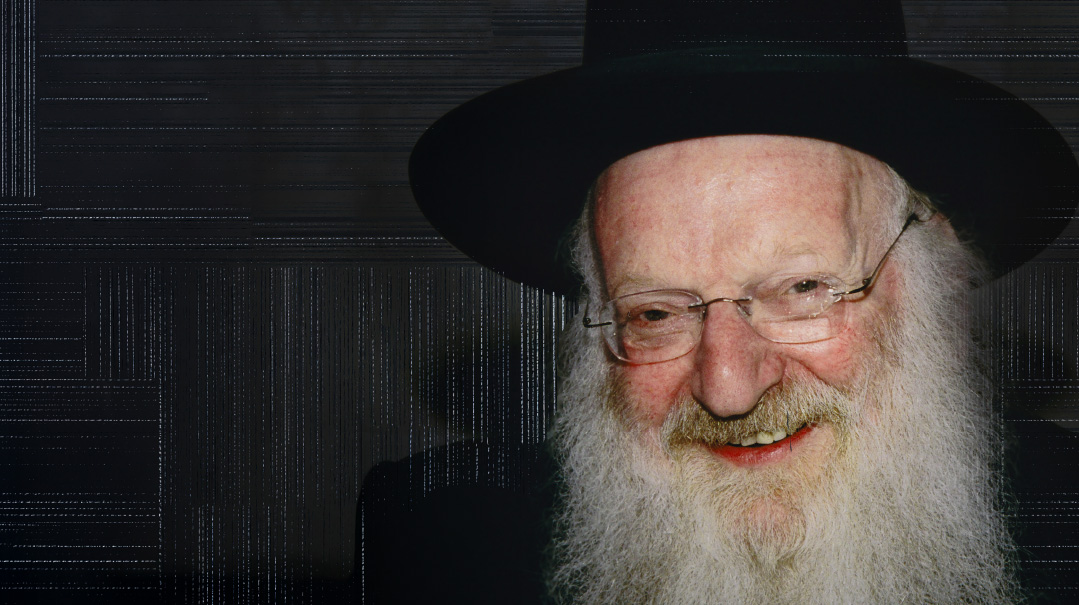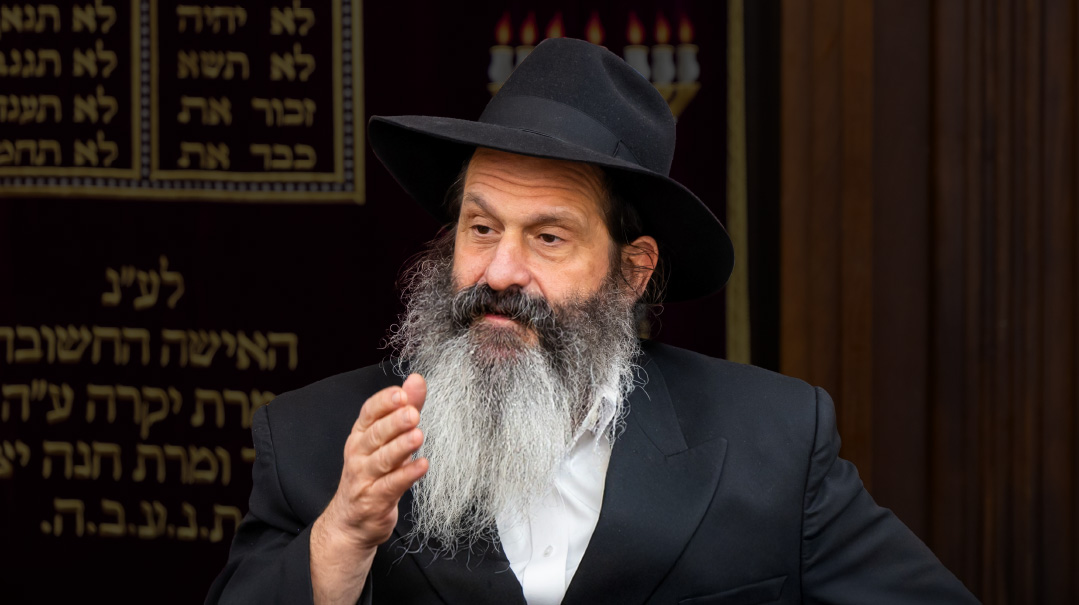The Fire They Lit Together


From day one, it was about toil. The Ruv (in Belz, they refer to him as the Ruv, rather than Rebbe) gave those Belzer chassidim, the ones in Eretz Yisrael and those dispersed across the world — in London, Antwerp, New York, Montreal, and elsewhere — a sense of belonging. It was a chassidus they could identify with and rally around (Photos: Yanky Pollak)
Stand at the corner of Fairmount and Jeanne Mance in Montreal and look down the narrow street. You’ll be charmed by the attached row houses with their painted shutters and winding metal staircases, bicycles chained to every lamppost.
There’s a smell, grit and dust and a whiff from one of the fair-trade nano-roasted coffee shops that have sprung up on nearby streets, the heady scent of early spring as it descends on a city pounded by eight months of intense cold.
And behind a door near the middle of the block, next to a string of attached homes which headquarter the spacious Belzer shul, you might be able to detect the hint of an answer.
First, the questions: Why did the Ruv come?
Why now?
Why Montreal?
After decades with little travel, the Ruv’s surprise announcement on the Tuesday after Pesach catapulted the Montreal kehillah onto a wheel of perpetual motion, giving them just three weeks to prepare for a state visit.
A dizzying array of logistics — food, lodging, permits, the construction of a massive tent for the tishen and tefillos, tickets and schedules, the bleachers and sound system — had to be dealt with. As purple and gold “Masa Hakodesh” stickers appeared in shop windows, the streets throughout the Belzer community took on an Erev Yom Tov-like feel.
I paid several visits to the hub of activity — the specially-erected “shatter,” the massive tent that would house the tefillos and tishen — where I observed the forklift drivers and parenche-builders and potato peelers, many of whom I know through their day-jobs. They’d all gone AWOL, wandering away from stores and offices as if some recess bell audible only to them had been sounded.
There were committees and sub-committees, groups arranged and responsibilities given out efficiently, and quickly, almost as if the chassidim had been waiting for this moment all along.
Because really, they have.
There’s a legend that floats around, a storyline that’s taken out of storage whenever there is a simchah or major event in the Belzer court and reporters seek context: They tell the story of this major chassidic group practically wiped out by the Holocaust, and the Rebbe, more angel than human, who survived virtually alone and replanted the seeds of Belz in the Holy Land. Rav Aharon of Belz left over no children, just a young nephew — son of his deceased half-brother, Rav Mordechai of Bilgoray — who embodied all hope for the future. The chassidim, according to the narrative, waited eagerly for the child to grow older, toiling to create a framework that would allow him to step in and lead, the crown prince come to take his place on the throne.
It’s a nice story, but it wasn’t that simple.
There were expectations and hopes, but also tremendous pressure. Some of that older generation had their doubts whether they would be able to hold on, whether the remnants of a decimated chassidus had the fortitude to wait. They wondered if a child raised in a world far from Galicia could ever really “get” Belz, if he could be able to transmit its essence and inspire a new generation to follow its values.
Some of them were tired and some were uncertain.
But there were others as well, voices who encouraged and reassured, who appreciated the reserved young boy, the orphaned son of the Bilgorayer Rav, and they foretold a glorious future for Belz.
And one of those key figures in the rebirth lived not in Jerusalem or Tel Aviv, but in distant Canada, in one of the red-brick buildings on Jeanne Mance Street.
(Excerpted from Mishpacha, Issue 709)
Oops! We could not locate your form.







